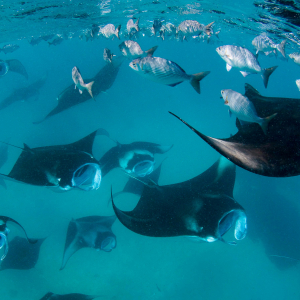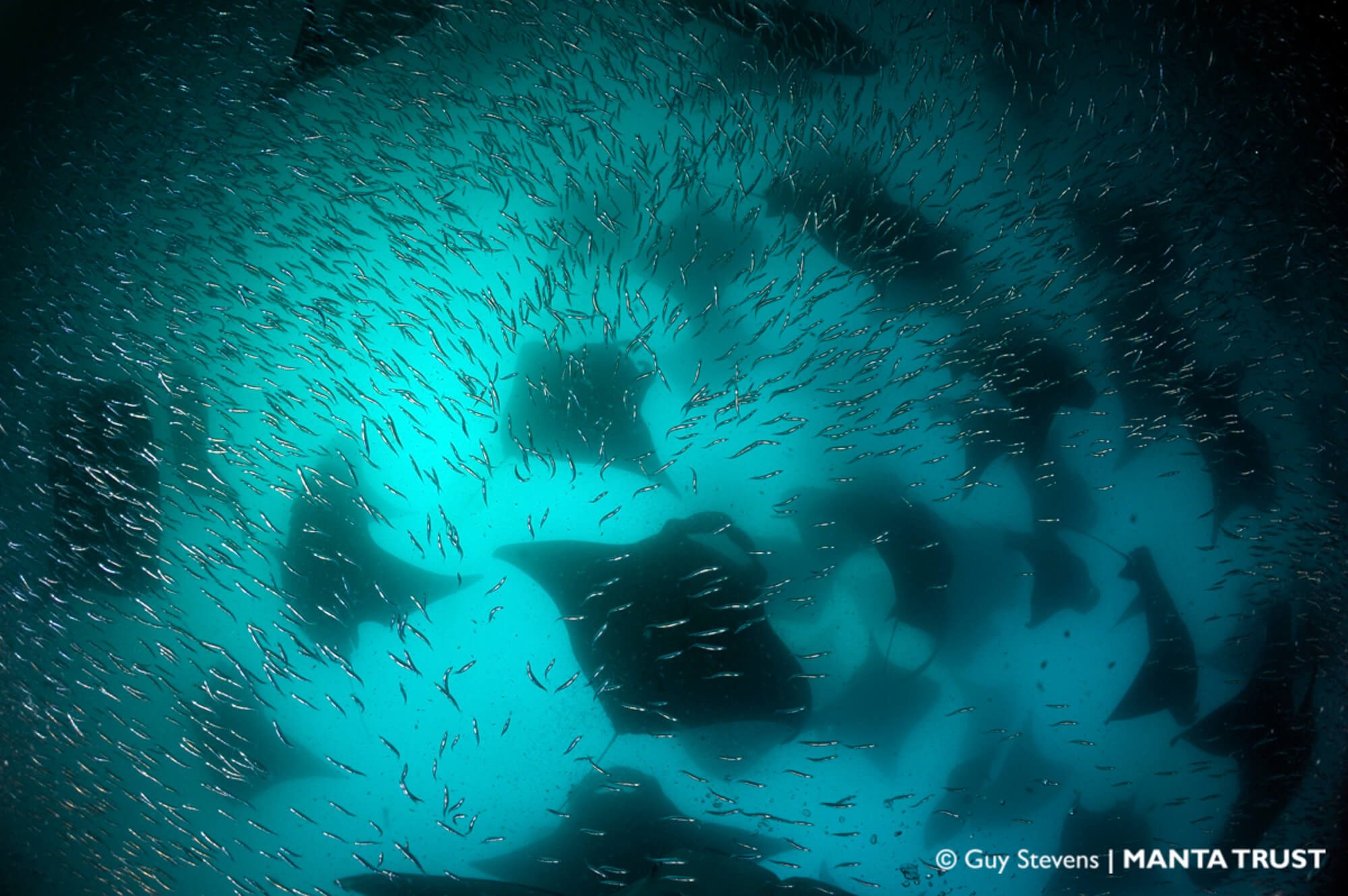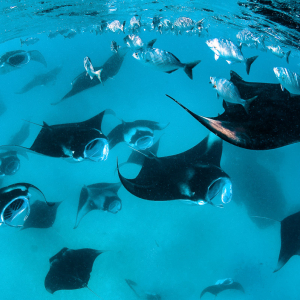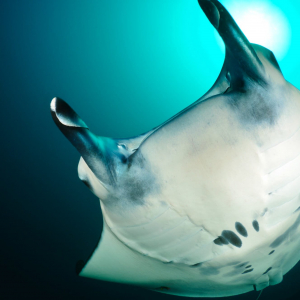Discovery and protection
Hanifaru was long known to local fishermen who would travel to the site to hunt whale sharks feeding in the bay alongside the manta rays. In the 1990s dive operators began to visit the bay and given the extraordinary nature of the experience, word soon got out and it wasn’t long before Hanifaru Bay became crammed with boats and divers every day - far too many for the tiny bay to sustain.
Quickly realising that tourism at the site was getting out of control, the government stepped in and after several dramatic twists and turns, Hanifaru Bay was declared a Marine Protected Area in 2009, then incorporated into the UNESCO World Biosphere Reserve in 2011.
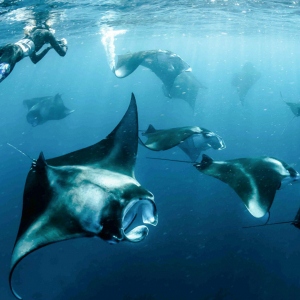
Hanifaru Bay
Snorkeling Hanifaru Bay
Located close to the southeastern edge of the atoll, a 1,300-metre section of keyhole-shaped reef acts like a funnel, concentrating both the currents and any plankton in the water, which in turn attracts filter-feeding giants - the manta rays and whale sharks. Conditions and currents have to be just right for feeding aggregations to occur - it is not a daily event - and the best season to witness this extraordinary natural phenomenon is from late July to early October, although it can occur as early as March and as late as December. During these months the southwest monsoon winds and currents create the dense build-up of plankton, attracting the whale sharks and manta rays.
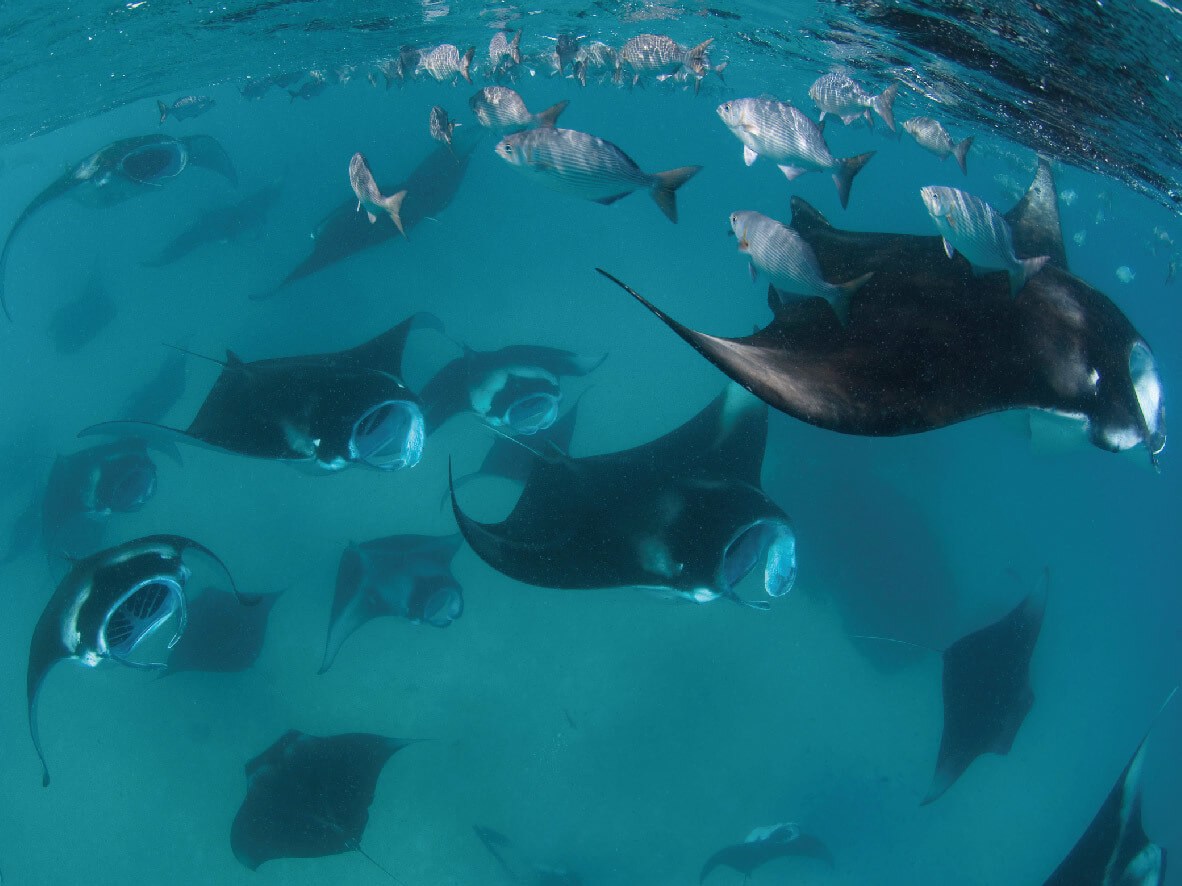
Hanifaru Bay is now one of the ‘core zones’ within the Baa Atoll Biosphere Reserve and guests are required to go to the Hanifaru Visitor Centre in Dharavandhoo Island and purchase tokens for $30. Each token gives you 45 minutes in the water with the manta rays, whale sharks, and an approved snorkel guide, with all profits going towards the Baa Atoll Conservation Fund. Resorts and liveaboards purchase the visitor tokens themselves and sell them to their guests, and are then allowed to drop their guests off in a designated zone outside the bay. Guests must then swim into Hanifaru Bay. Alternatively guests can use a water taxi from Dharavandhoo to get to the site.
Diving is no longer permitted in the bay - you can only snorkel with the manta rays and whale sharks. To keep any disturbance to a minimum, strict guidelines for visitors have been put in place. Snorkelers are requested to keep a minimum distance from any animals – a radius of three metres from the head section of a whale shark and four metres from its tail. They must also refrain from approaching animals from the front or crossing paths, staying to one side instead. Touching or stroking is strictly prohibited and whilst photography is allowed, flashes are not permitted. Also, no motorised devices or scooters are allowed in Hanifaru Bay.
- Visitors can purchase a token for $30 from the Hanifaru Visitor Centre on Dharavandhoo Island, or their operator can purchase these in advance.
- Each token gives visitors 45 mins in the water with the manta rays and whale sharks.
- Snorkelers must be accompanied by a certified guide, approved by the Baa Atoll Conservation Fund - BACF.
- All visitors must travel from Dharavandhoo using one of the taxi boats. Liveaboards cannot visit the site directly.
- Snorkelers must keep a minimum distance from any whale sharks, touching is prohibited and whilst cameras are allowed, no flashes can be used.
- All proceeds from the sale of tokens goes to support conservation of Hanifaru Bay and Baa AtollFor the best chances of big groups of manta rays, time your visit around the full or new moon, ideally between July and October. The strong currents at these phases of the lunar calendar, combined with the southwest monsoon conditions, create the perfect conditions for lots of plankton, and lots of rays and sharks!
Images courtesy of The Manta Trust
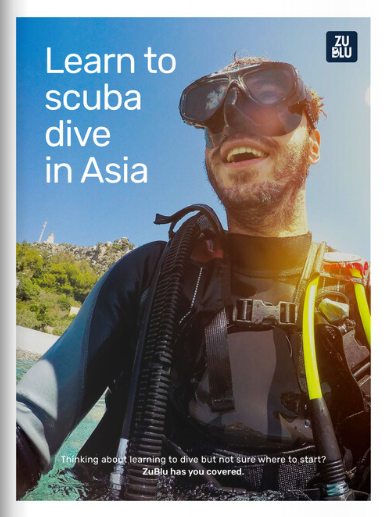
All you need to know about learning to scuba dive in Southeast Asia
